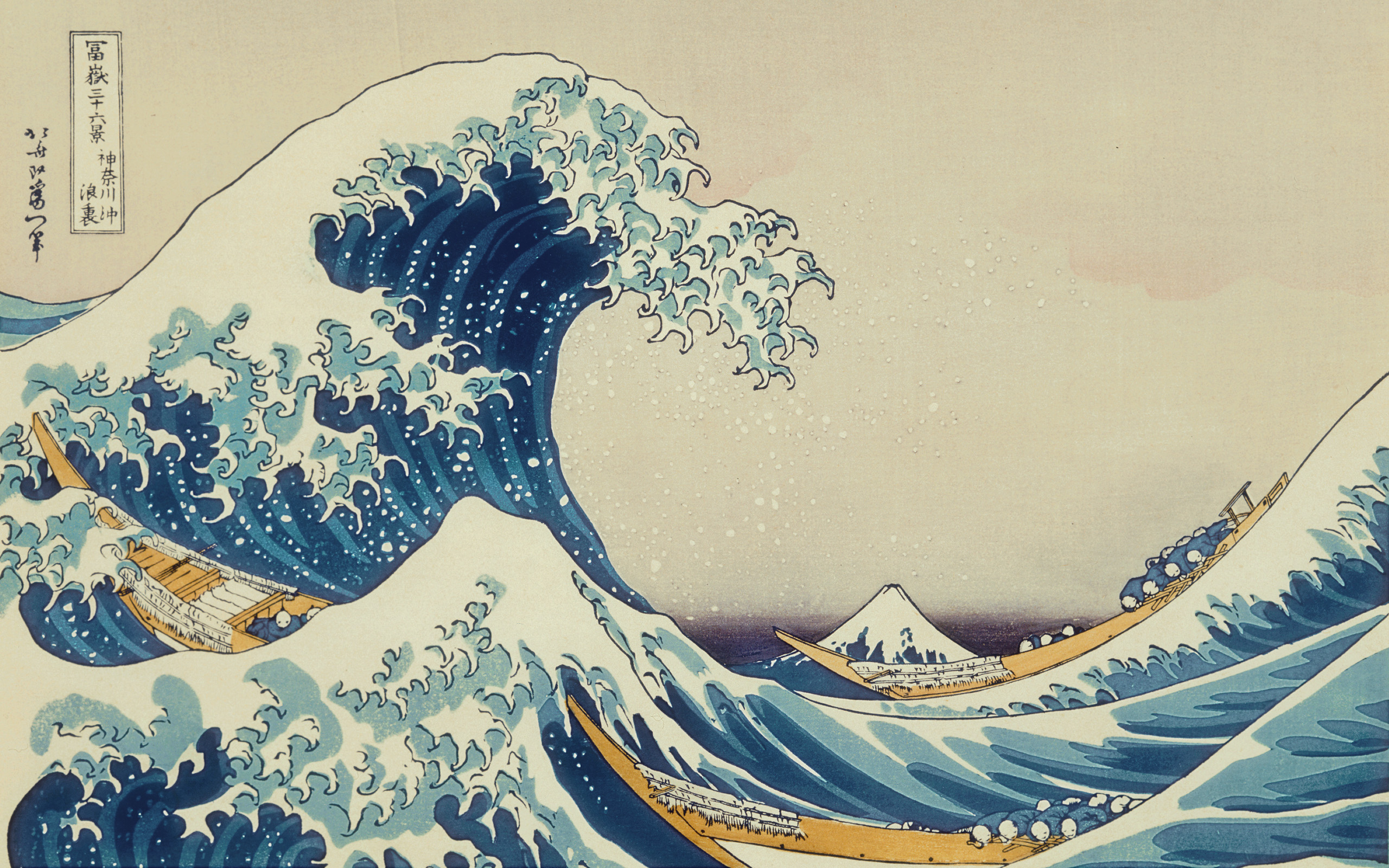 |
| The original cover, also available on the WII |
Because I don't have that much money and the game is relatively rare (more than, say Call of Duty), I haven't really gotten around playing it until a couple of months ago. Imagine my surprise at the first moments of the intro when a brush comes into the screen to draw the story and the narrator starts this beautiful story in sim-speak.
Baffled as anyone would be, this is the tone the game gives to the whole religious premise. The sim-speak is just the tip of the iceberg. The game starts of with a tree-goddess reviving the white wolf, so the goddess of the sun, Amaterasu, can manifest its body. Most of the dialogue is taken up by a bug-sized, wandering guide who mostly comments on the warmth of the tree goddess's bosom, again all voice acting is in sim-speak. This is not how one would expect a magic journey to begin.
On her journey Amaterasu doesn't get much recognition either. Most people can't see her godly form, so she is mostly referred to as 'pooch', 'doggy' or 'furball'. She doesn't seem to mind, as any dog would. She falls asleep whenever humans have an exposition that takes too long or whenever the player doesn't use the controls for a couple of seconds. For the head goddess in Shinto religion she has quite a laid back attitude.
 |
| Dear diary, today I made a tree bloom. Love, Ammy. |
As I already noted in the paragraphs above, the game is absolutely blasphemous... if it was made in the west. In the west we see gods as something supernatural and fearful. Anything remotely sexy, especially sexist, is shunned by (strict and/or orthodox) Christianity and cross dressing is just 'not-done'. However, the situation is different in Japan, but to understand this I will put some things in perspective for you.
 |
| The great wave of Kanagawa, by Hokusai. I might post about this masterpiece one day. |
This environment does not create a mentality to fear gods. Add to that the fact that Japan was practically closed off from the outside world during our medieval times and Victorian age. In medieval times the focus of our Christianity became warped from 'living good' to 'beware of the sin'. In Victorian times we became intensely prudish, shunning everything even remotely sexy. All these mindsets weren't imprinted upon the Japanese people. There is peer pressure to abide to certain rules, but these rules are different and mostly refer to your appearance in public. I can fill a full scientific book with when and where there was censorship on what in Japan, but let's suffice to say that Japan, although prudish at times, has hardcore tentacle porn in the same collections as classic art. (not making this up, google "shunga")
Nowadays Japan doesn't really have a "main" religion. People go to a Shinto shrine one day and read from a bible in front of their Buddhist departed altar on the next. The oldest religion, "Shinto", hasn't got an origin story and was mostly derived from local religious customs. It is not even entirely certain where the word "Shinto" comes from. In Shintoism, gods are not as much supernatural beings, but more like creatures who cause unexplainable things. Furthermore, these gods are inferior to man and are supposed to work for you, although they can be treacherous.
 |
| This totally happens in noh theater. Except for the wolf, the bird in dress and the flying weapons... The dress is authentic, though. |
Putting silly and 'naughty' aspects in a game about gods and religion might not be appropriate in the west, but if this game didn't have those elements, the creator's would have denied their own culture. Okami is a display of Japanese culture that is hard to understand for outsiders, but is a perfect display of what gives Japan the identity she has today. Being wise and serene on one side, whilst being silly and lechery on the other, Okami is a perfect window into the culture of her home country.

I'll read just about anything featuring Japan, but I will still say that I really liked this article. I didn't know the Japanese had this relation to their gods (though films like Spirited Away make more sense now). Very interesting.
ReplyDelete